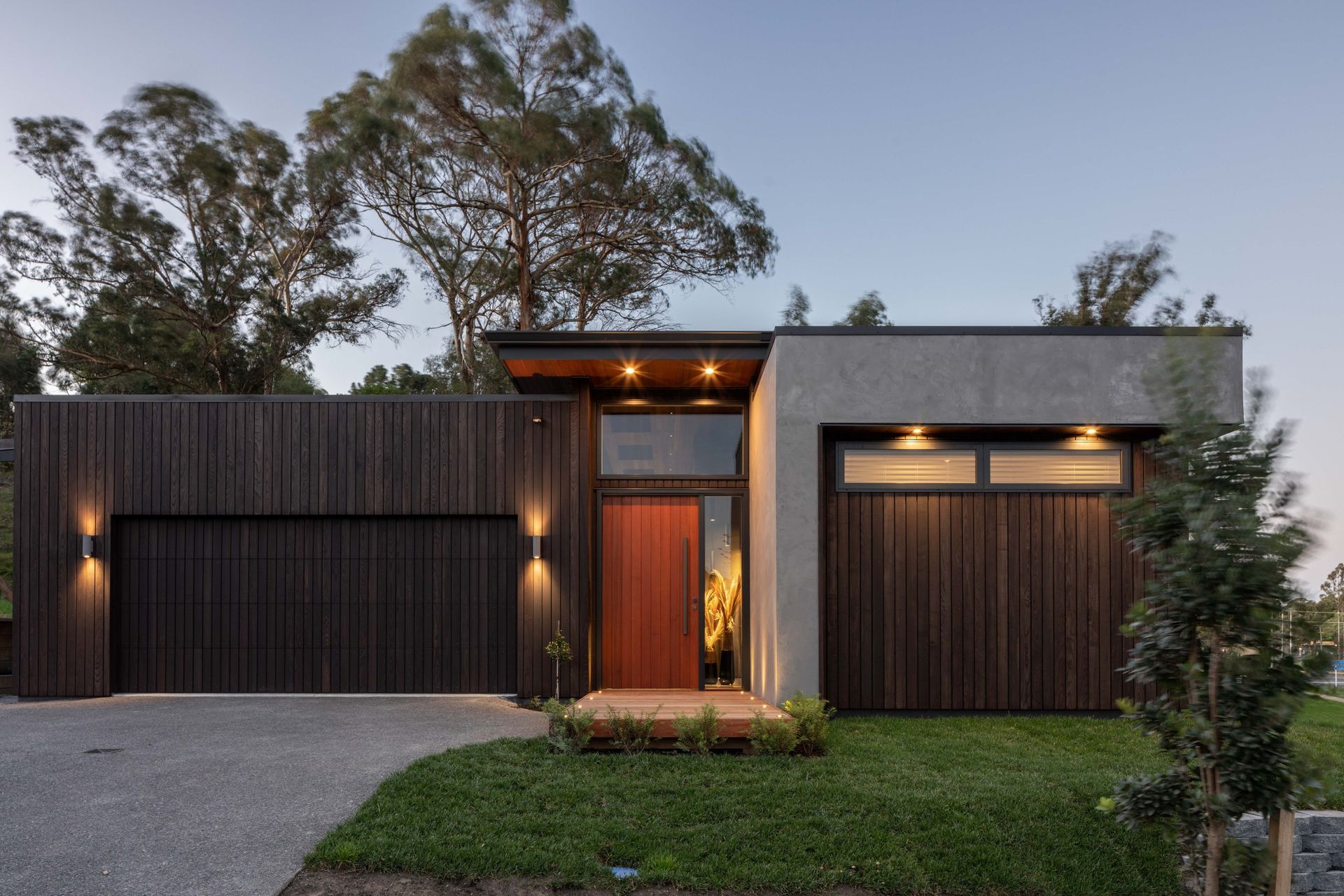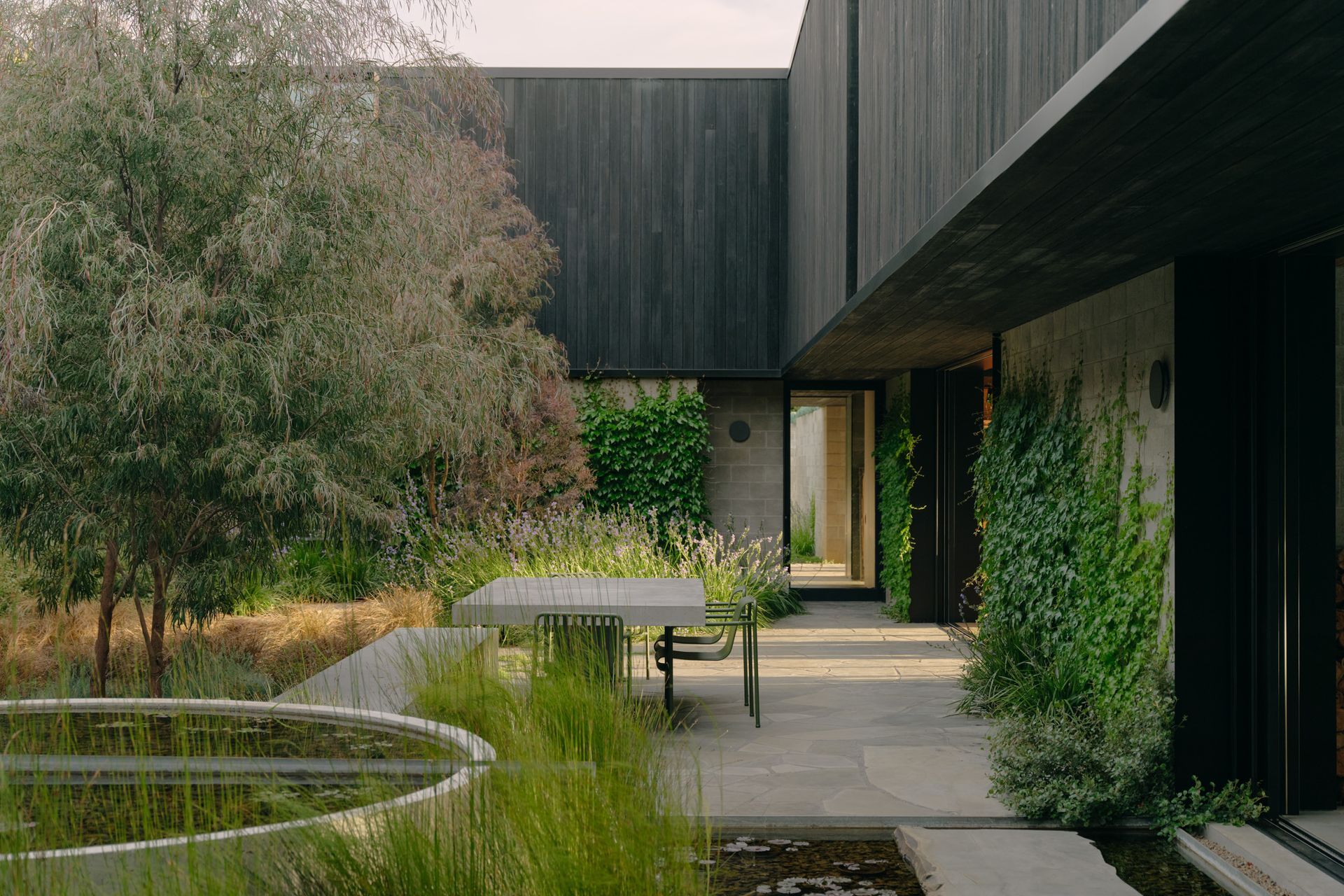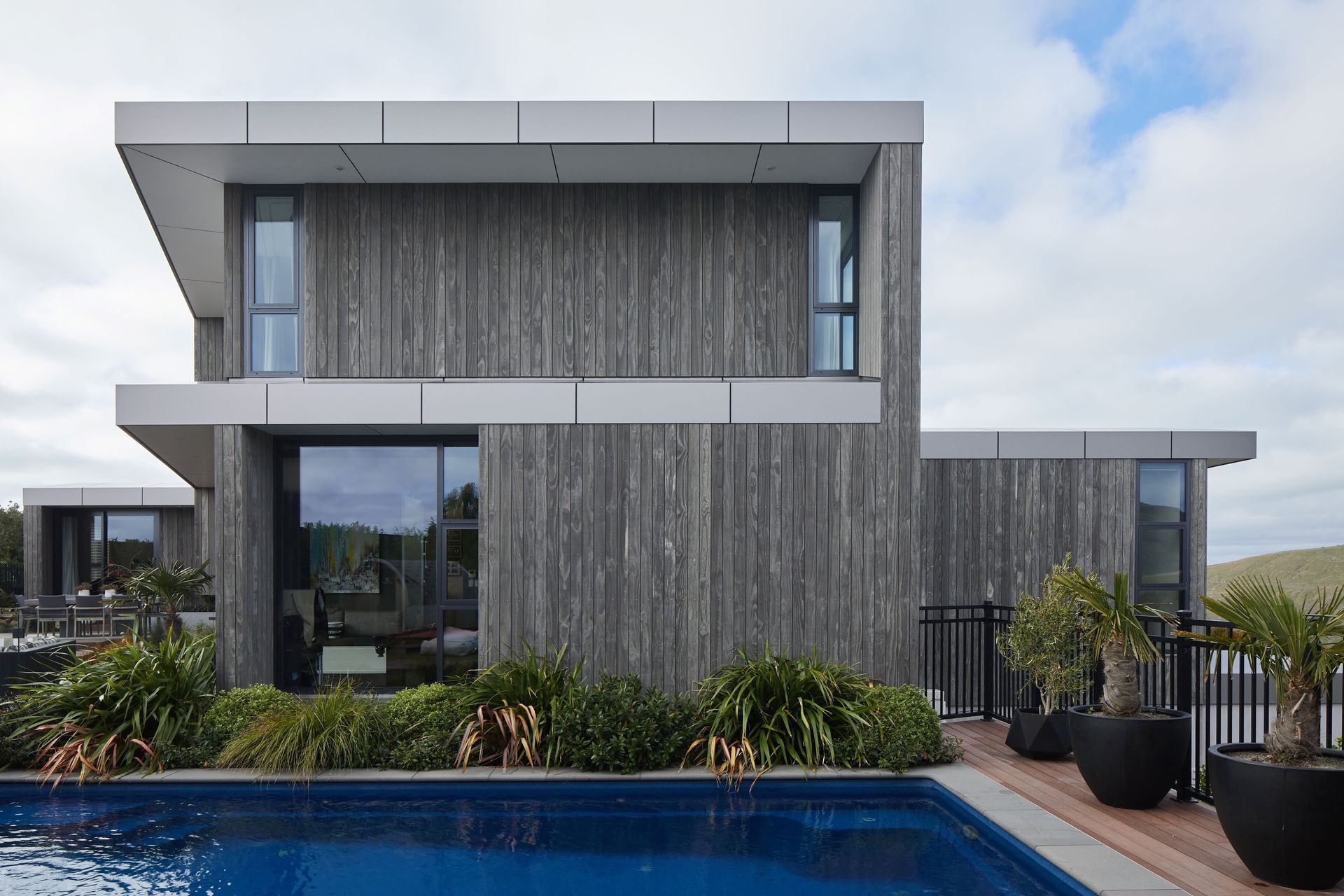The advantages and disadvantages of timber cladding

Timber cladding, as a strong yet lightweight material, brings many advantages which is why it has, and continues to be, a popular choice in modern home construction. However, as with any building product, it isn't always the most suitable option for all. With so many different cladding and construction materials on the market, it pays to do your research to be completely sure that wood cladding is the right choice for you now, and in the future.
The pros of timber cladding
As just mentioned, there are many advantages to using timber as your exterior cladding material of choice and the comprehensive list below makes an extremely compelling case.
1. Lightweight material that is easy to install
Wood is one of the lighter cladding materials on the market, especially compared to alternatives like brick or concrete. This makes it much easier and quicker to handle and install. The less time spent by builders during installation, the less it'll cost the project too.
That's not the only benefit of being lightweight either. It means less extensive structural support for construction (potentially lowering costs) and it's also easier and more cost-effective to transport.
2. Durable choice that is easy to repair
Despite its lightweight characteristics, wood cladding is still an extremely durable cladding solution, especially when selecting rot-resistant timber species or when treatments are used. Should an individual board become damaged, replacements are fairly straightforward and regular maintenance (with painting or staining every few years) will prolong its lifespan considerably.
3. A fantastic natural insulator
Timber cladding has excellent natural insulation properties when it comes to thermal insulation and energy efficiency, regulating indoor temperatures to keep your heating and cooling costs low. These properties also include acoustic insulation with timber absorbing sound, reducing noise inside and outside of the home.

4. Strong environmental sustainability credentials
Timber is a renewable resource with a low carbon footprint as wood acts as a carbon sink, storing carbon dioxide and reducing greenhouse gases in the atmosphere. A lot of wood cladding products these days come from wood species that are sustainably sourced too making them an eco-friendly choice. Last but not least, timber is also biodegradable, reducing the pressure on landfills.
5. Excellent architectural and design versatility
Another big benefit, especially to architects in the field, is its versatility with respect to architecture and design. It's a material that can work in a wide range of settings and styles, from rustic farmhouse builds to modern and contemporary projects. There are also many different species, each with their own colour and grain characteristics, that you can take stylistic advantage of, in addition to the painting or staining options that you always have. Weatherboards can also often be installed horizontally or vertically, and come in different styles like bevel back and shiplap, opening up another avenue for design.
6. Warm aesthetics that are universally popular
One of the main reasons that timber cladding has endured for so long is because of its warm aesthetics that have remained popular for centuries. Its natural colours, grains and textures impart a sense of calm and ease which are sentiments most people value in a home. The aforementioned variety of timber species gives people plenty of looks to consider too based on their own preferences and design goals. Some woods, like cedar and redwood, can also develop a natural patina over time, adding grace, character and charm.
Related article: Different types of cladding in New Zealand

The cons of timber cladding
Having covered the key positive traits, we turn our focus to characteristics and traits that might make timber cladding less suitable for your project.
1. Some maintenance required
Timber exterior cladding does require a bit of regular maintenance in order to preserve its appearance and longevity. Typically this means staining, painting or oiling to protect it against moisture, UV rays and even pests. Neglecting it can cause it to lose its colour over time, resulting in issues like cracking, fading and splitting.
2. Some species are susceptible to pests and rot
This point is an extension of the previous as some timber species are prone to pest and rot damage. Treatments and regular maintenance can prevent this fairly significantly and there are also species of wood (like redwood) that have naturally strong resistance to rot. That being said, it's something that definitely needs to be considered and planned for.
3. Higher fire risk compared to some other options
Everyone knows that wood is inherently flammable which means that it is a potentially higher fire risk compared to some other options, like brick cladding. If you live in an area where the fire risk can get high over the summer, this may give you pause for thought. Treated timbers are available that mitigate against this, though this usually comes at a premium.

4. Lifespan costs can be higher
There are definitely other cladding solutions on the market that are more affordable compared to high-quality timber, like fibre cement cladding for example. Hardwoods or sustainably sourced options, for example, can be particularly expensive. You also need to factor in the cost of repairs and maintenance, the latter of which can cost you time if you plan on doing things like painting yourself.
5. Skilled installation required for best results
While wood siding and cladding can be quicker to install than other options, it needs to be done so in the right hands, ideally those of a skilled cladding professional. In the wrong hands, cladding installation can go awry with bad fittings resulting in a home that isn't completely weatherproof. This can allow moisture to get in behind the cladding which can cause mould and rot from the inside out.
6. Finite lifespan and the environmental impact of treatments
Timber treatments have been mentioned throughout as a means to improve the fire, rot and pest resistance of wood, however, the caveat to this is that those treatments are not always environmentally friendly. This can offset some of the eco-benefits of using a renewable resource if the wood isn't disposed of properly at the end of its use. Also, while the lifespan of timber cladding can be long, it is finite which means it will need to be replaced sooner than some other options.
Related article: Exquisite house cladding ideas for the modern home

Everything you need to know about timber cladding
As you can see, there are some very strong advantages when choosing timber cladding as well as some disadvantages that might not suit all. For most, its lightweight characteristics, durability and aesthetic qualities make it an attractive choice which is why you'll continue to see it adorning homes everywhere for many years to come.
Discover a great range of high-quality timber cladding on ArchiPro
(This article was updated on 8th November 2024)
